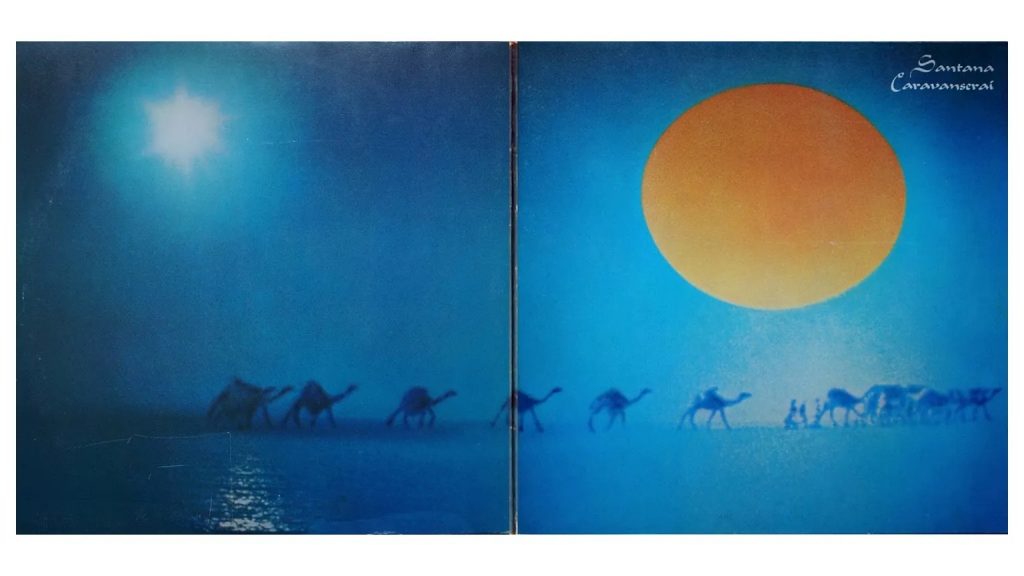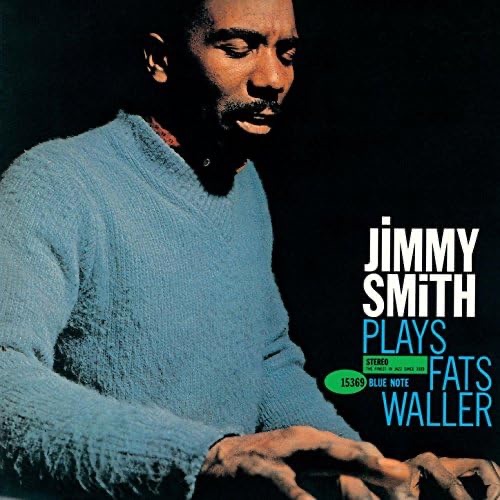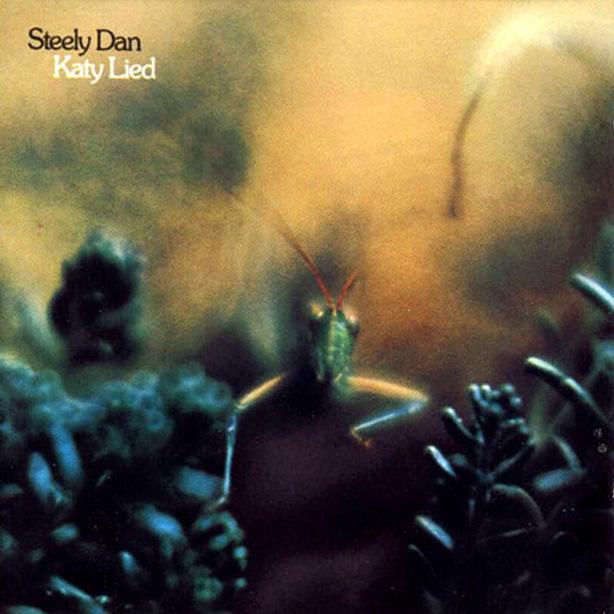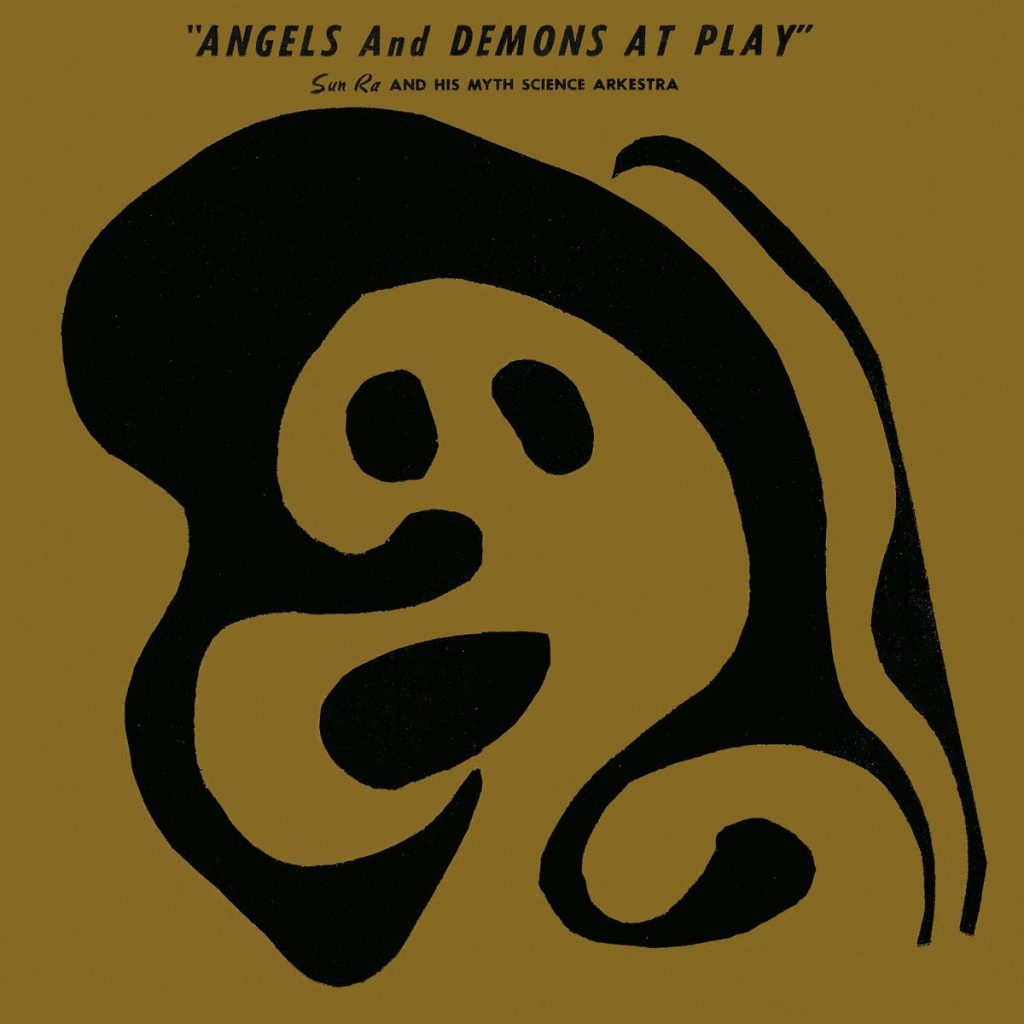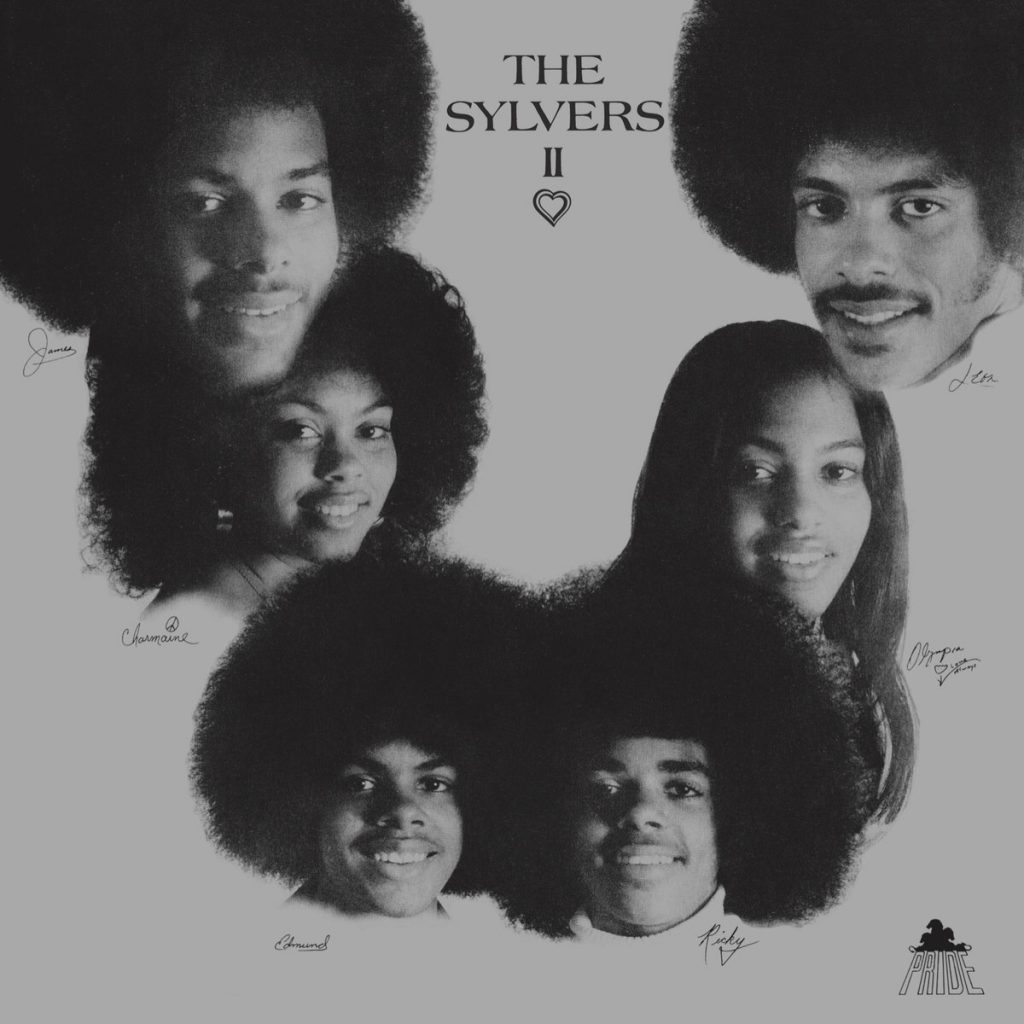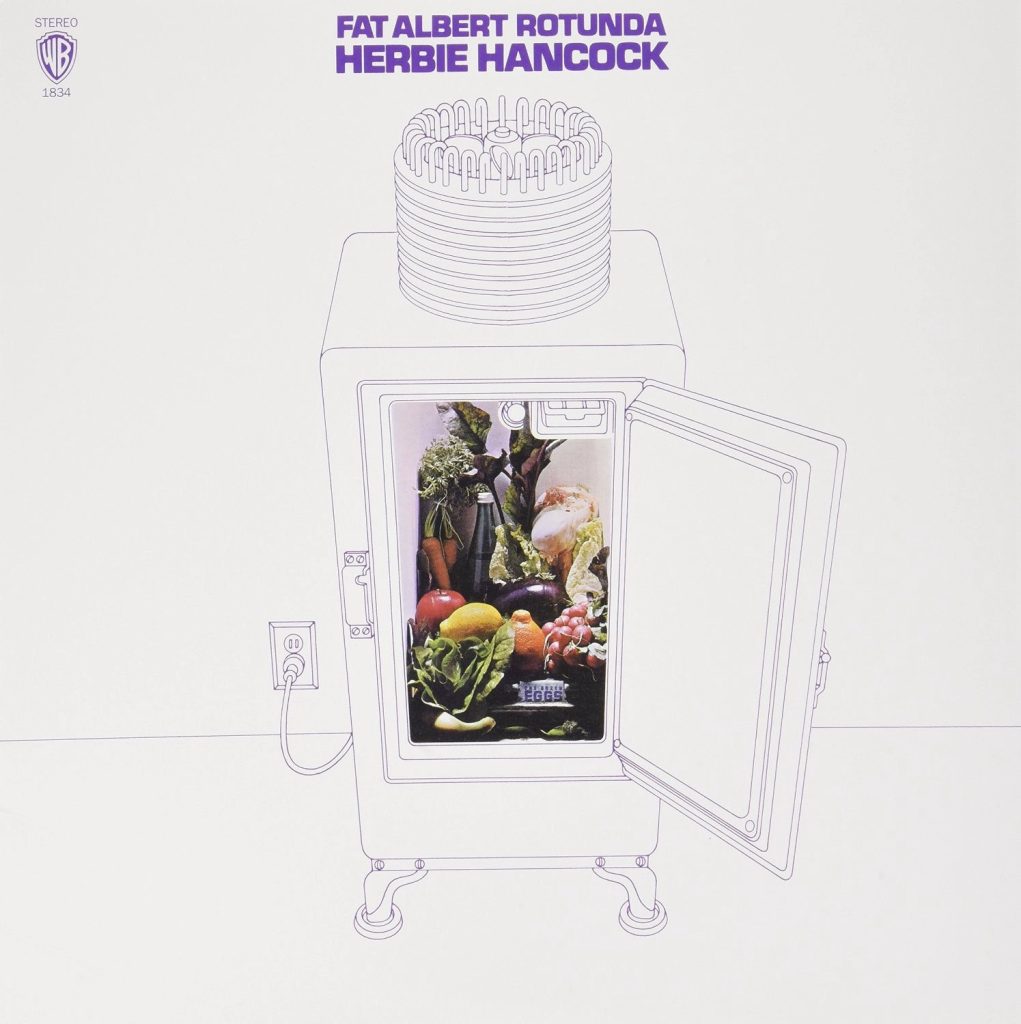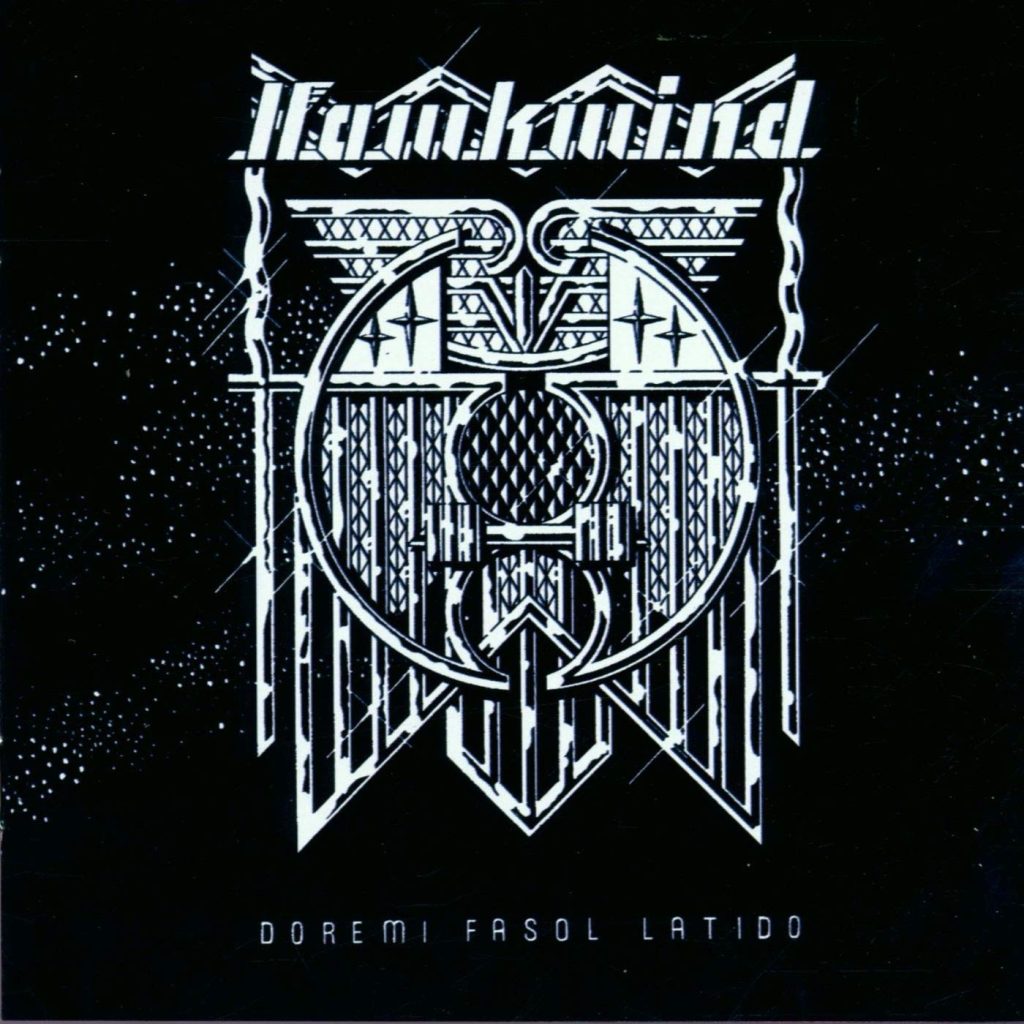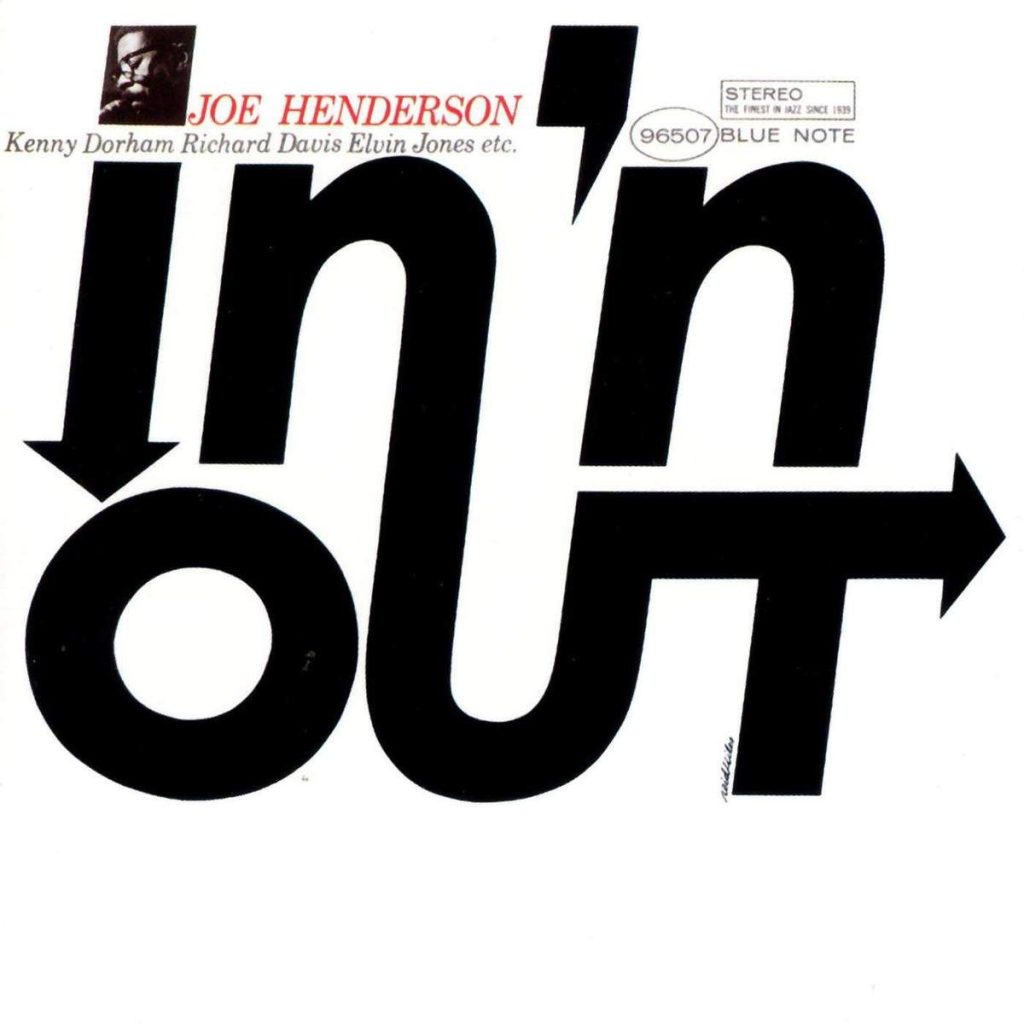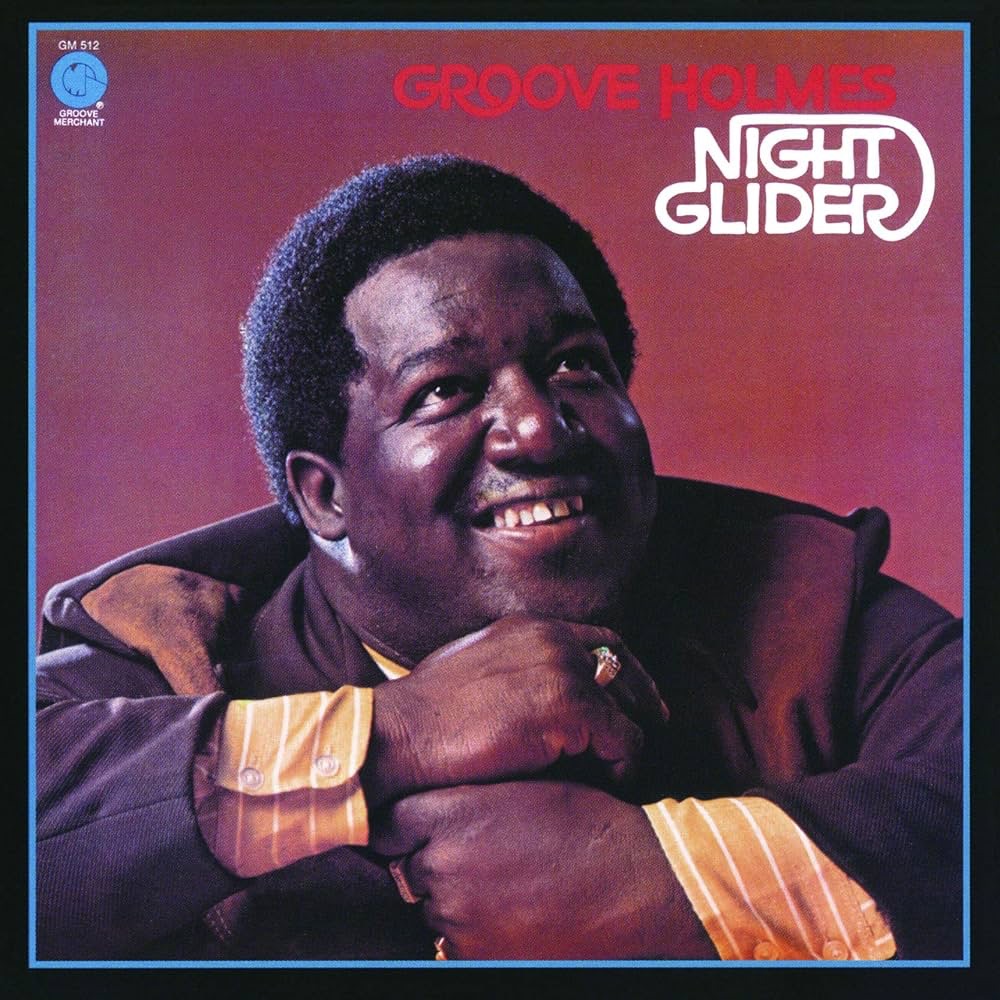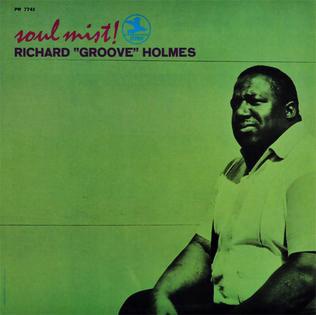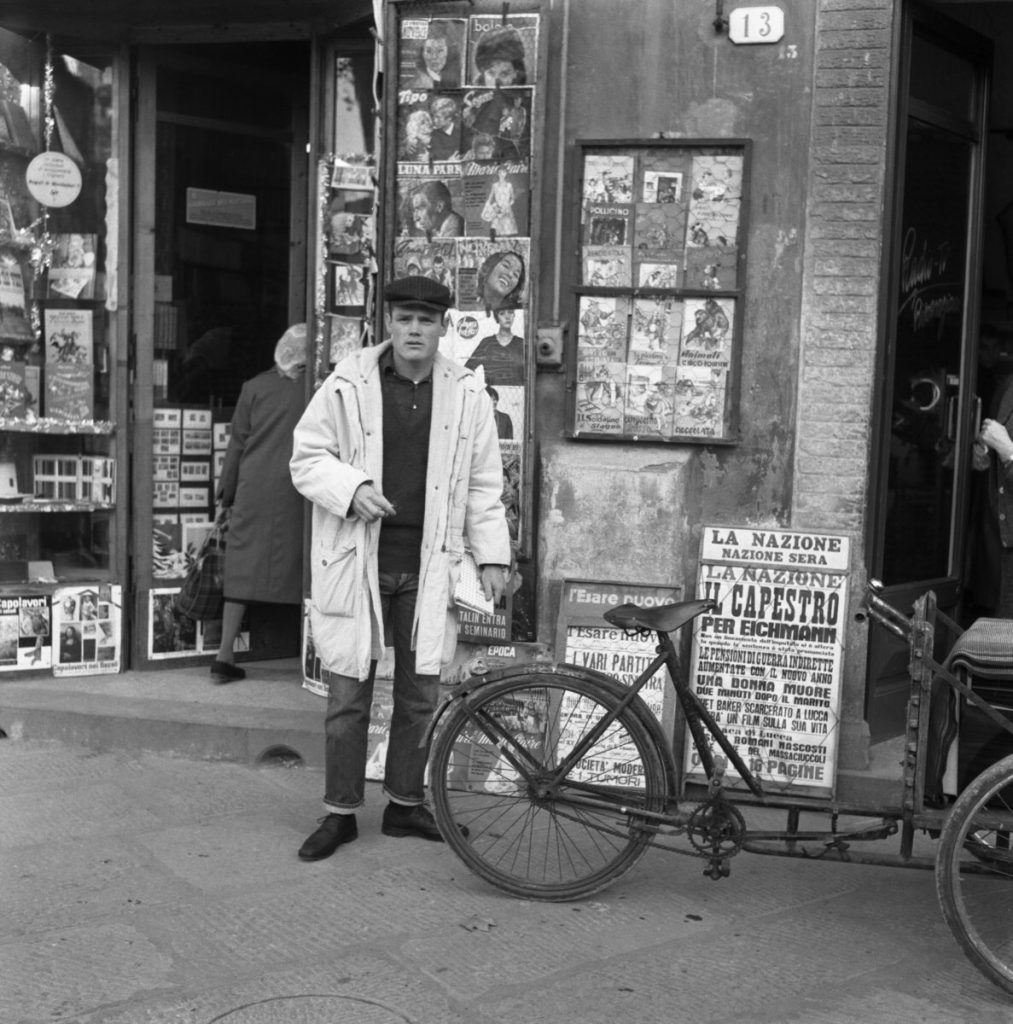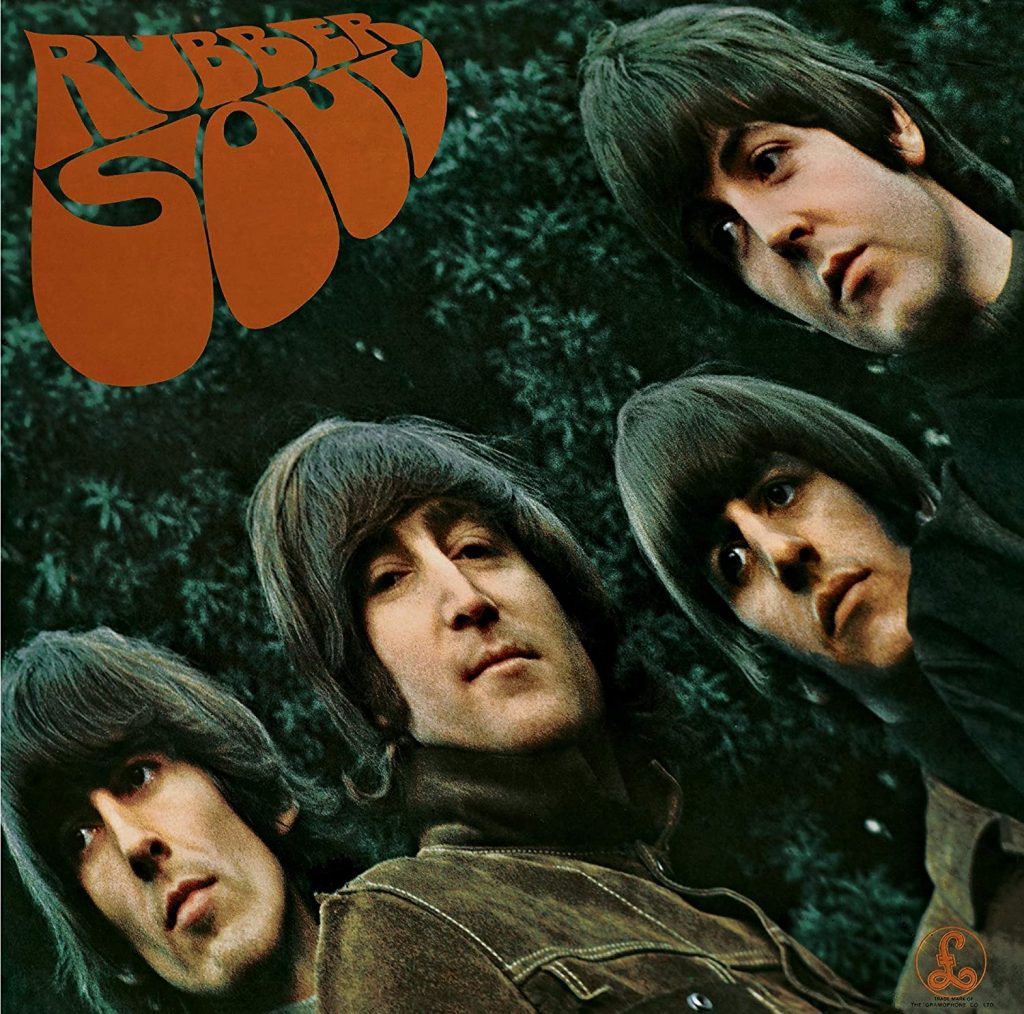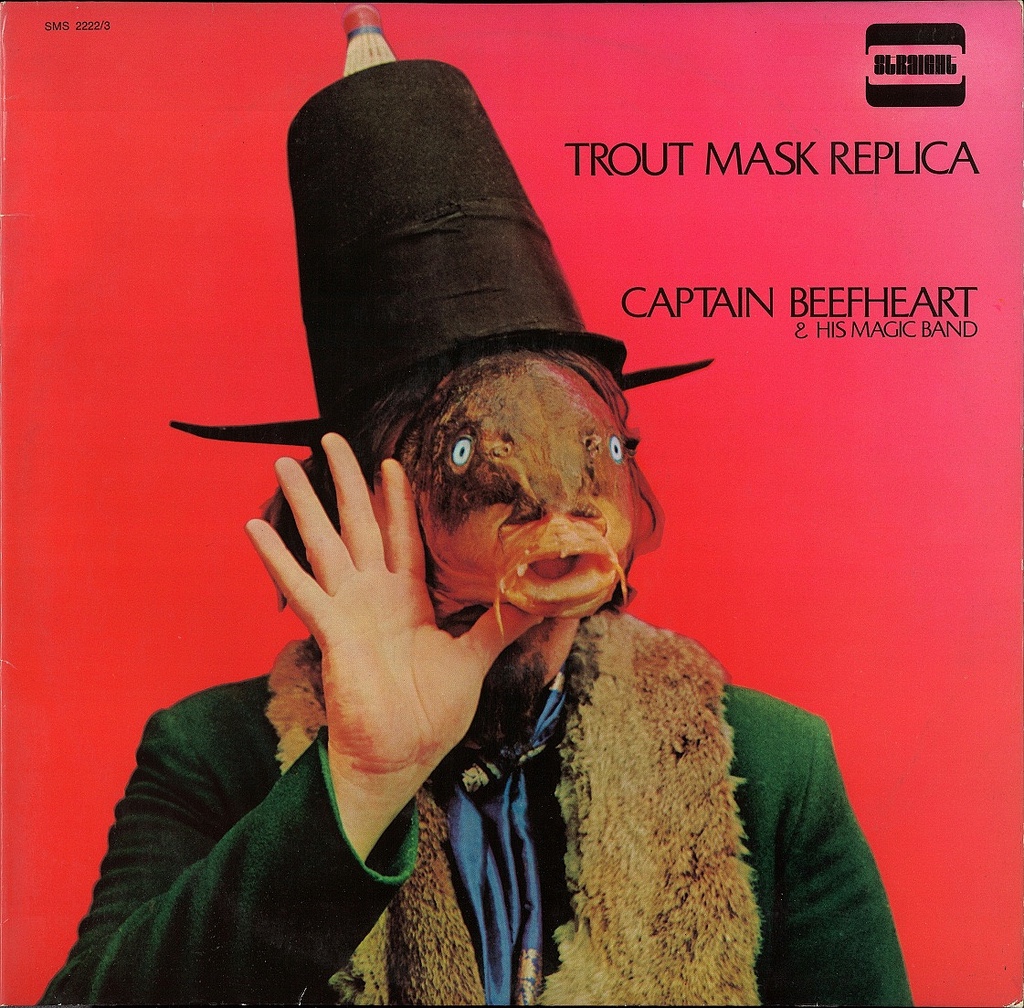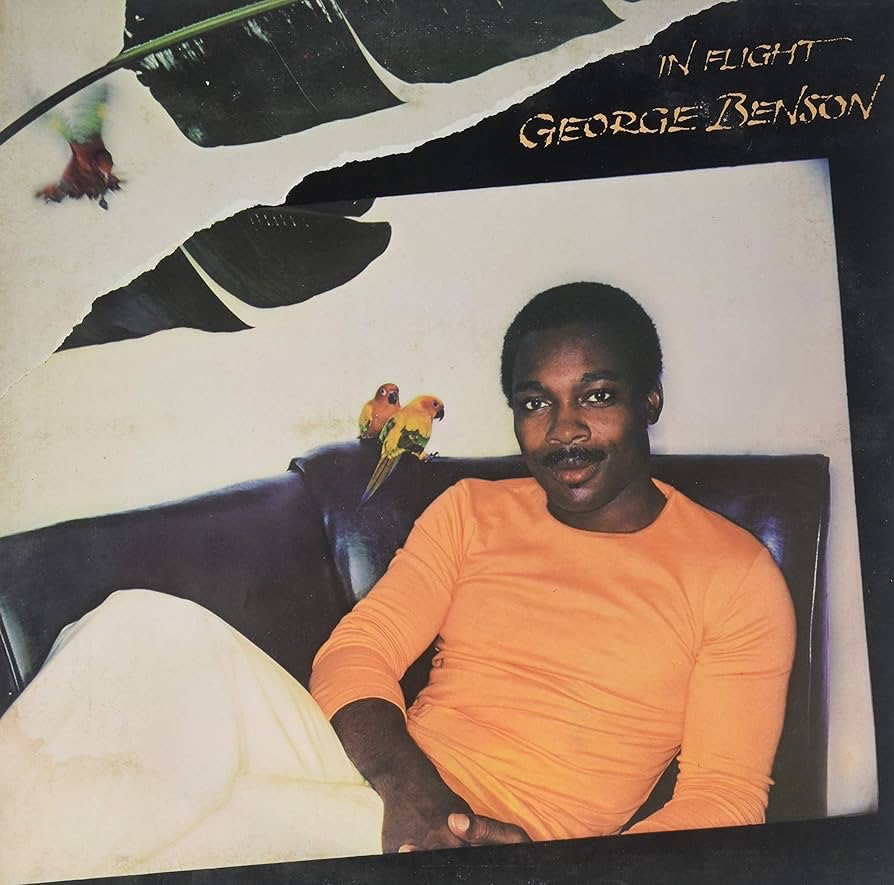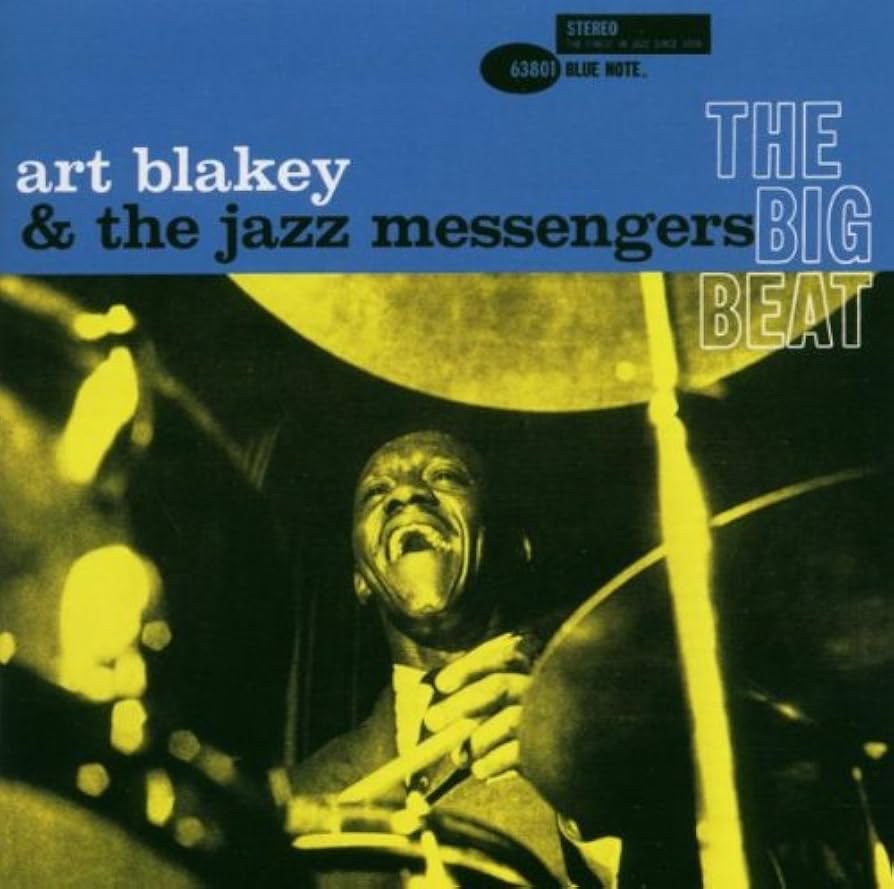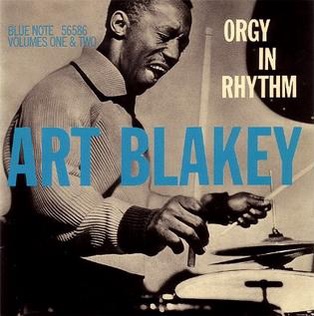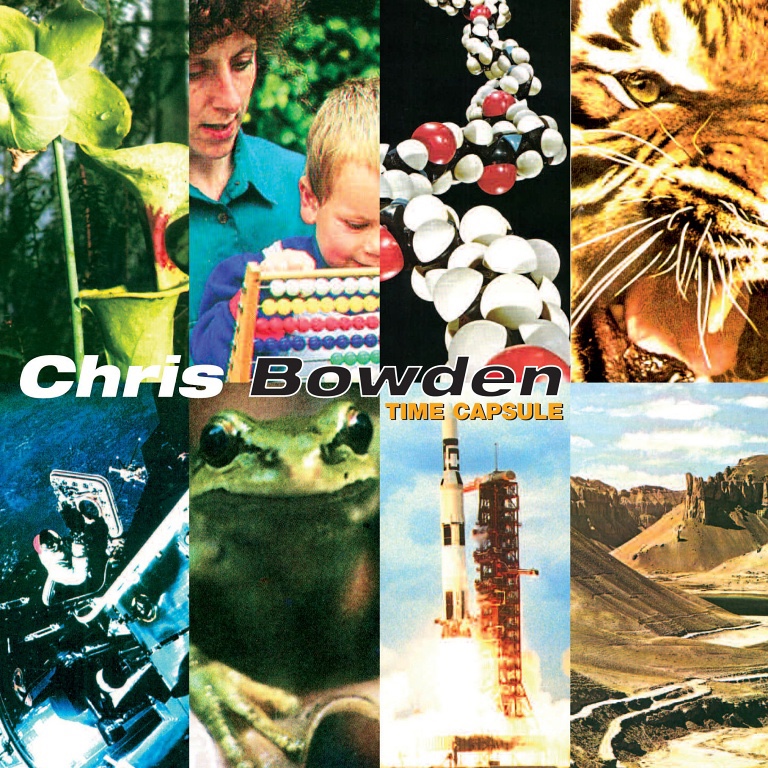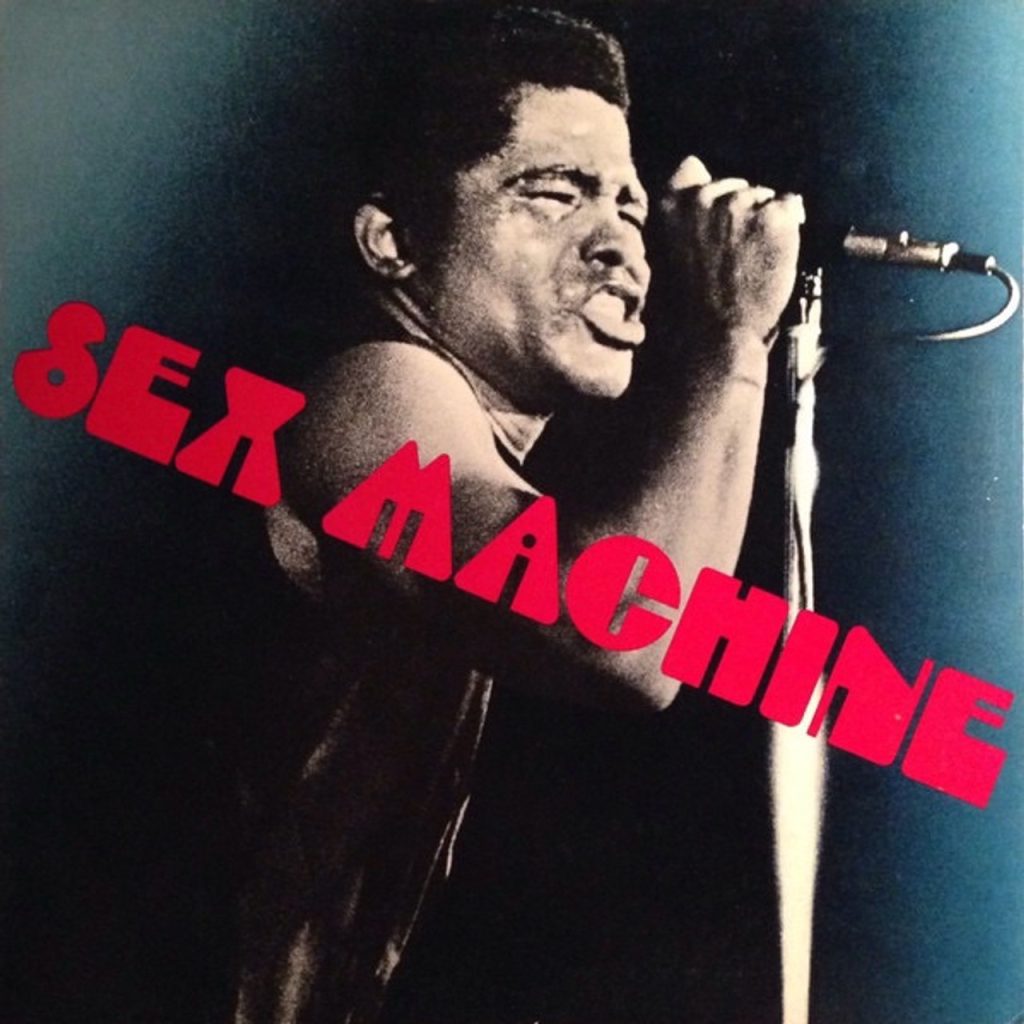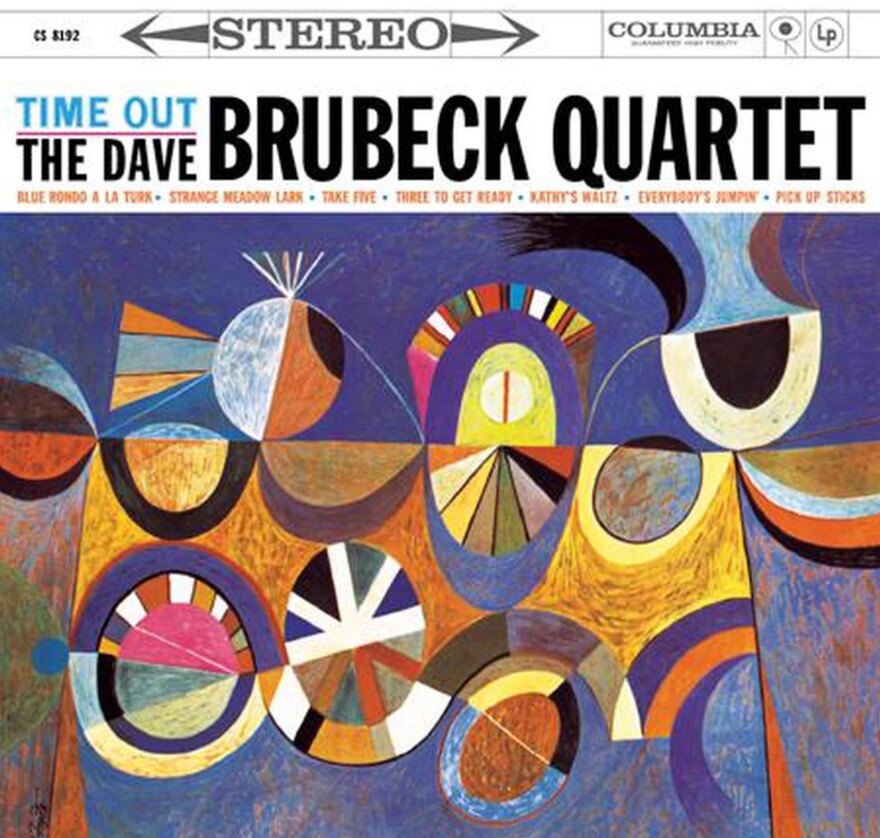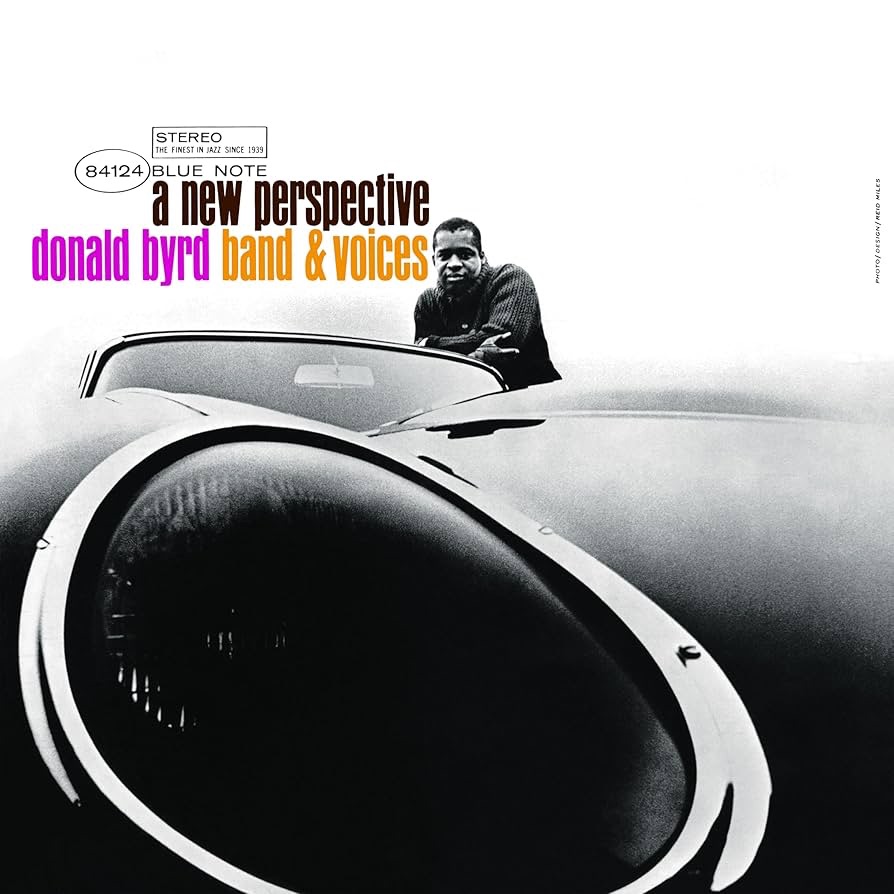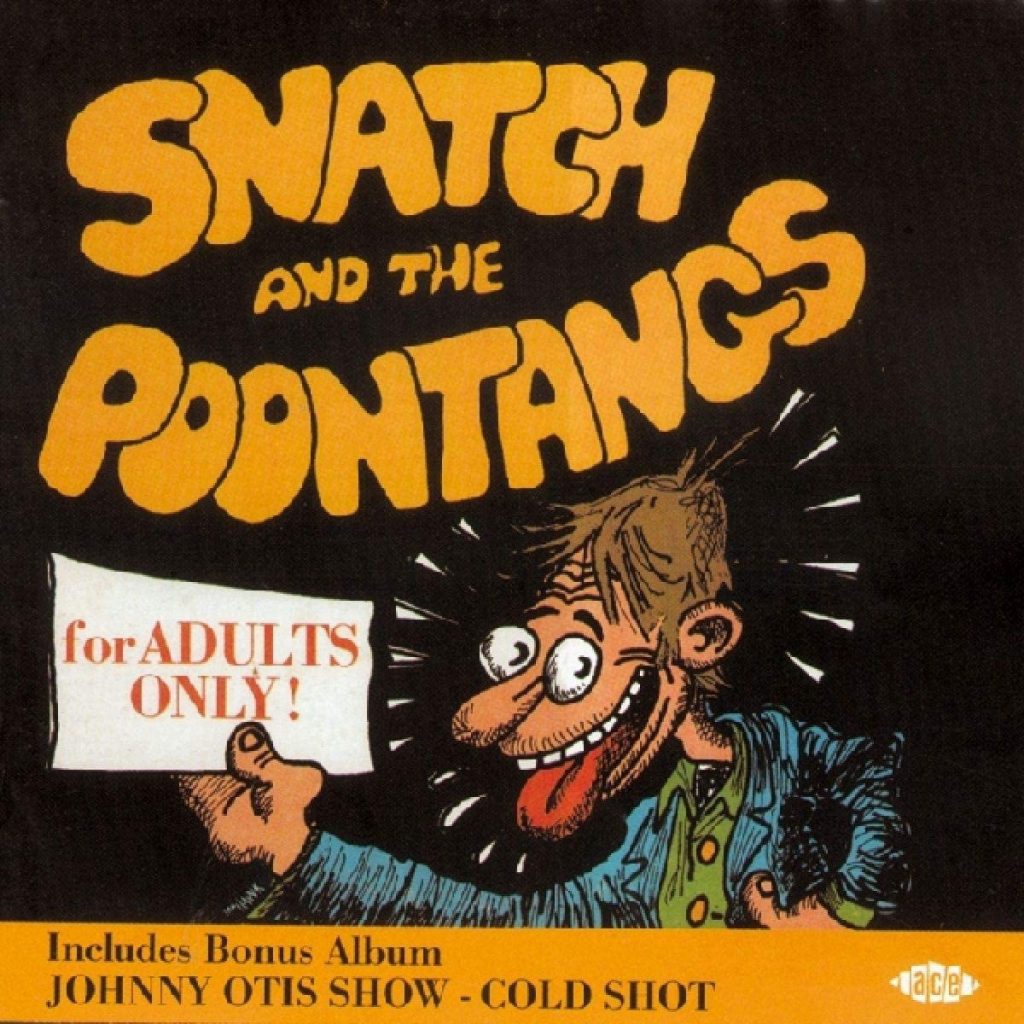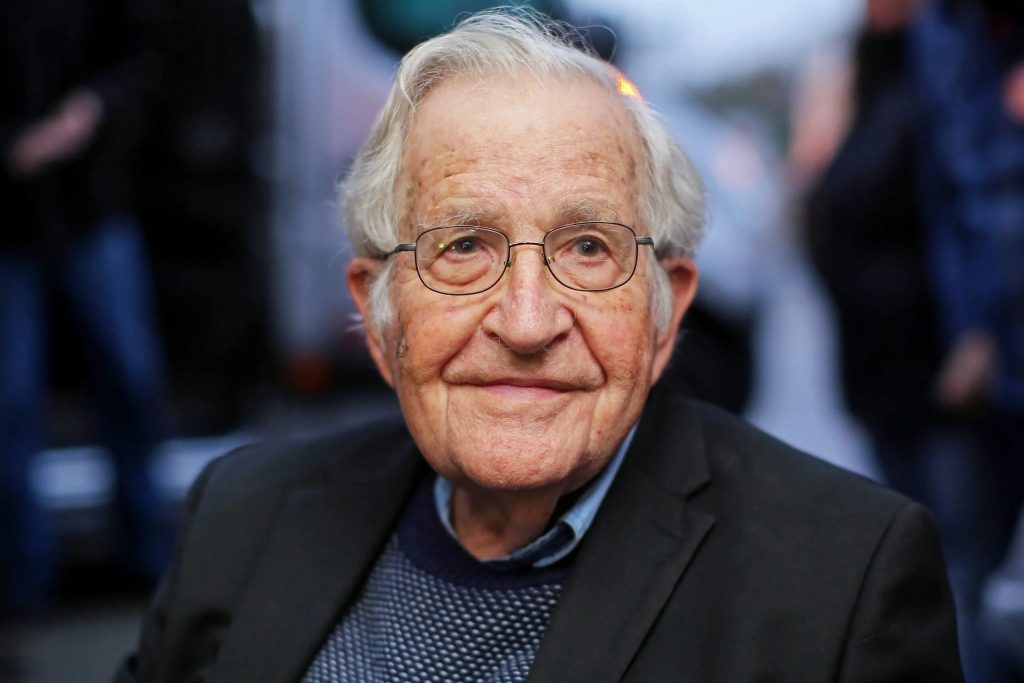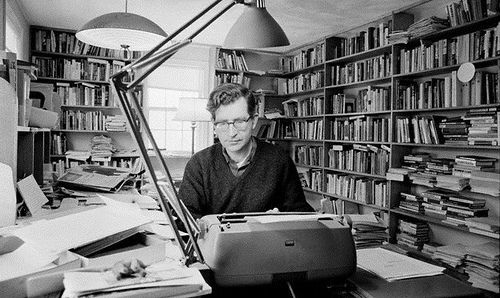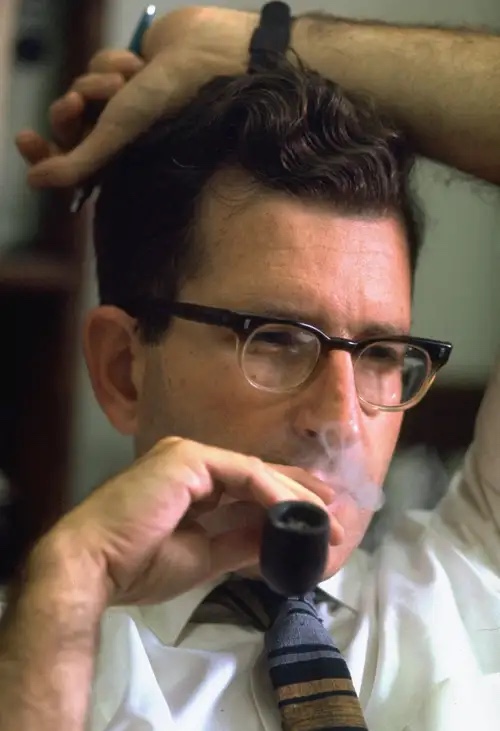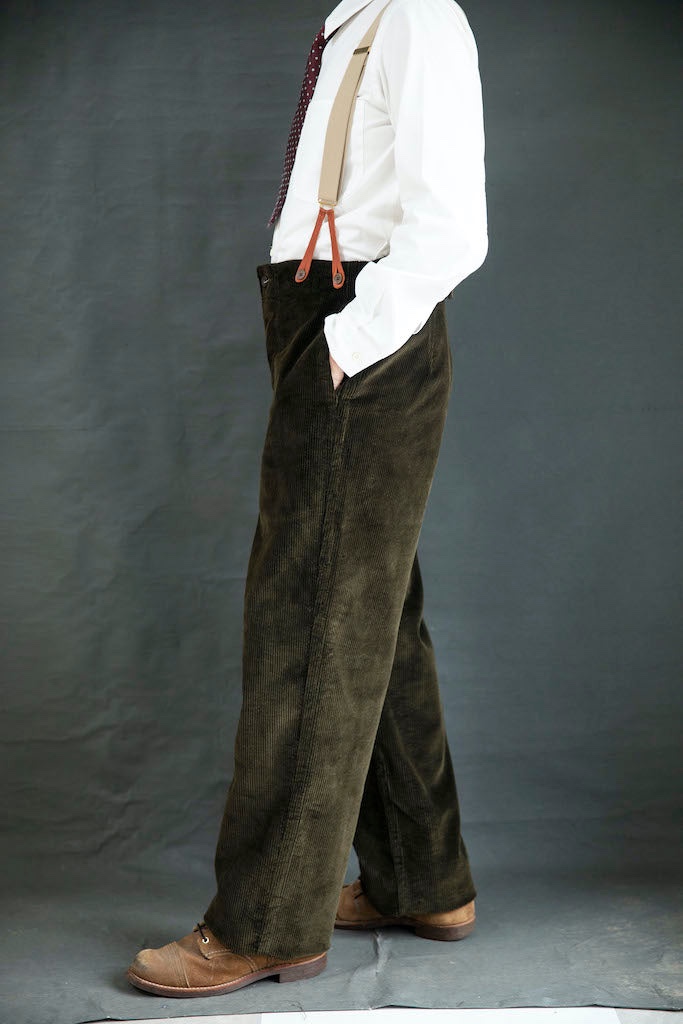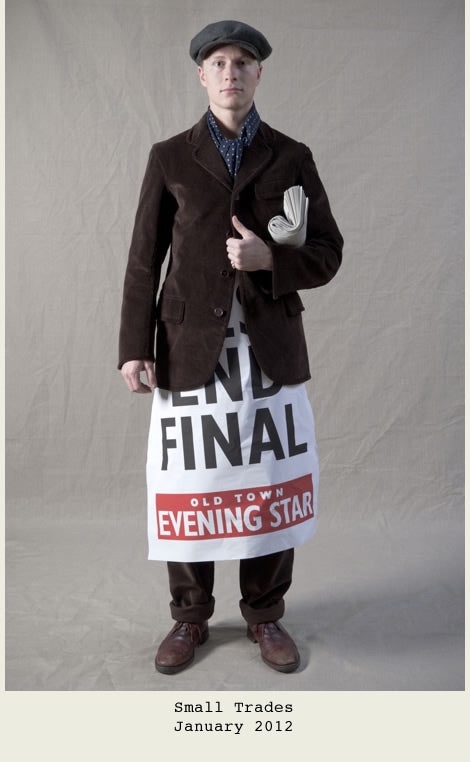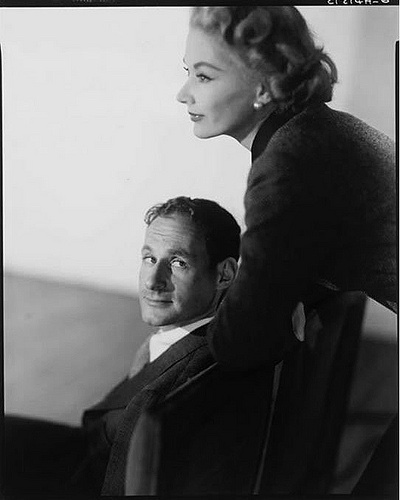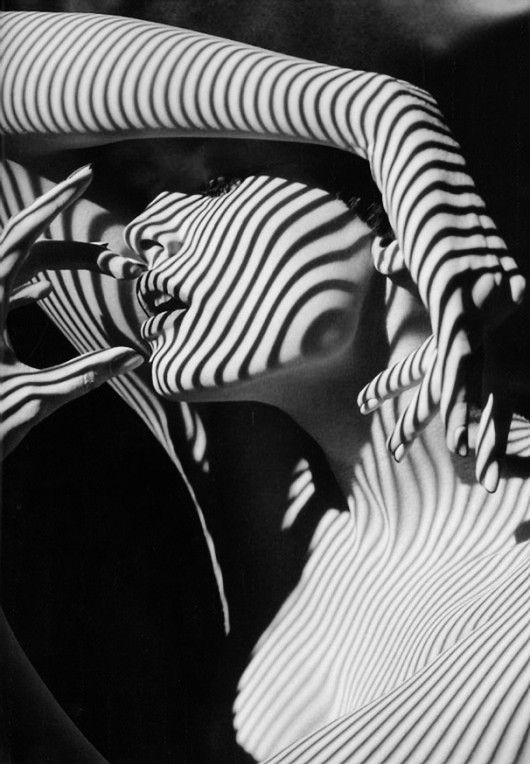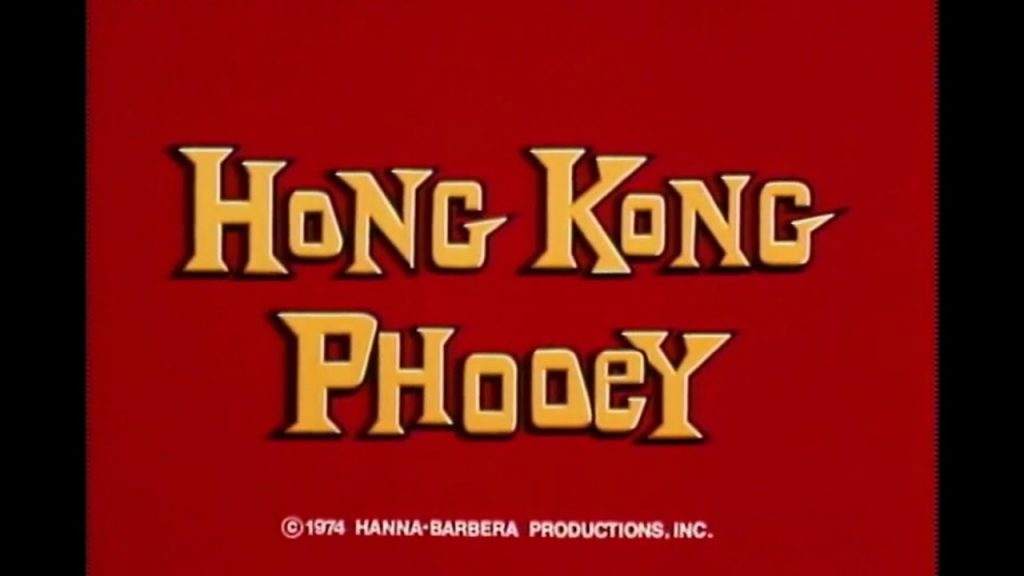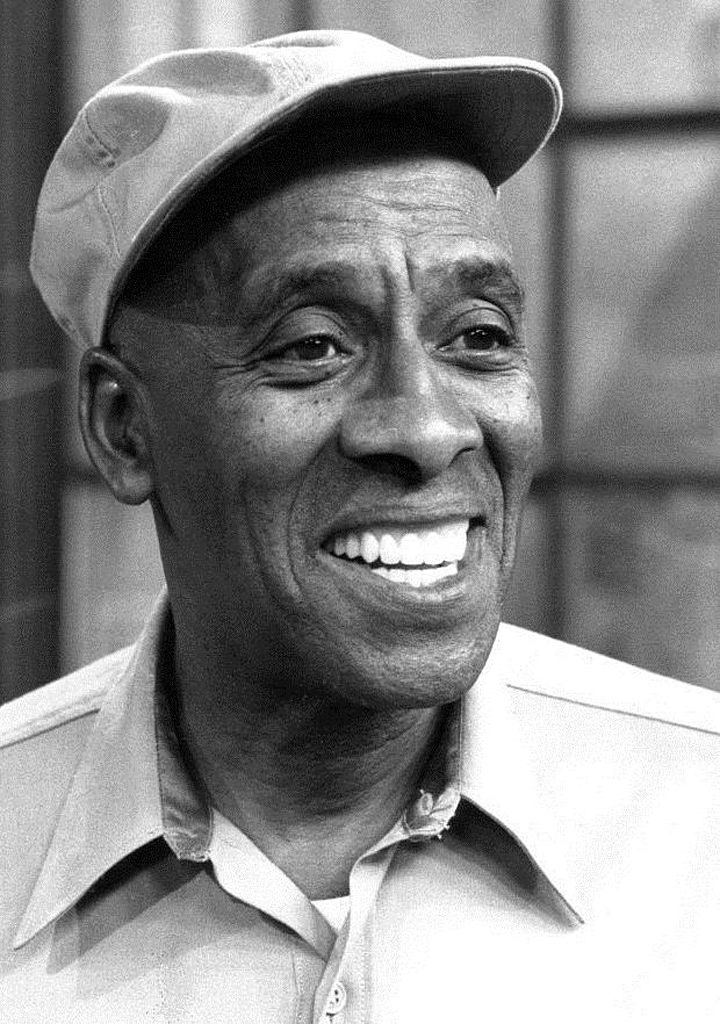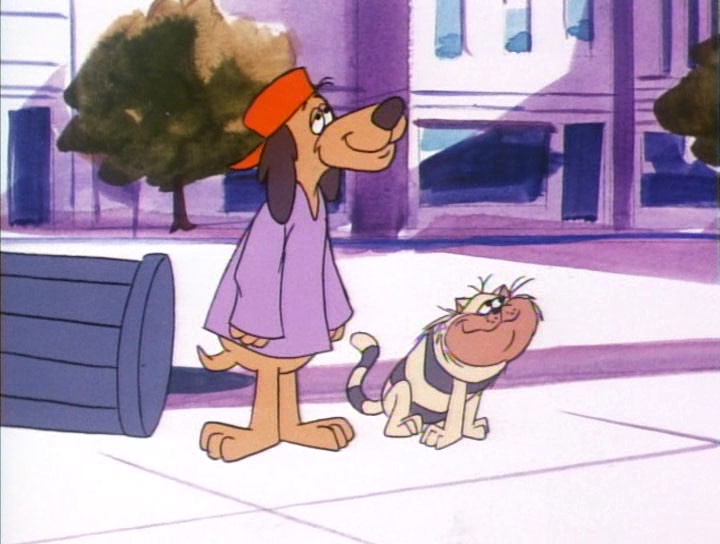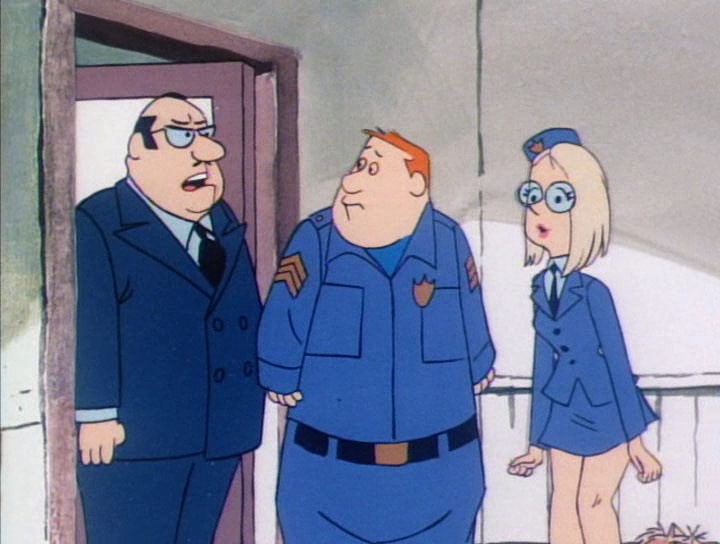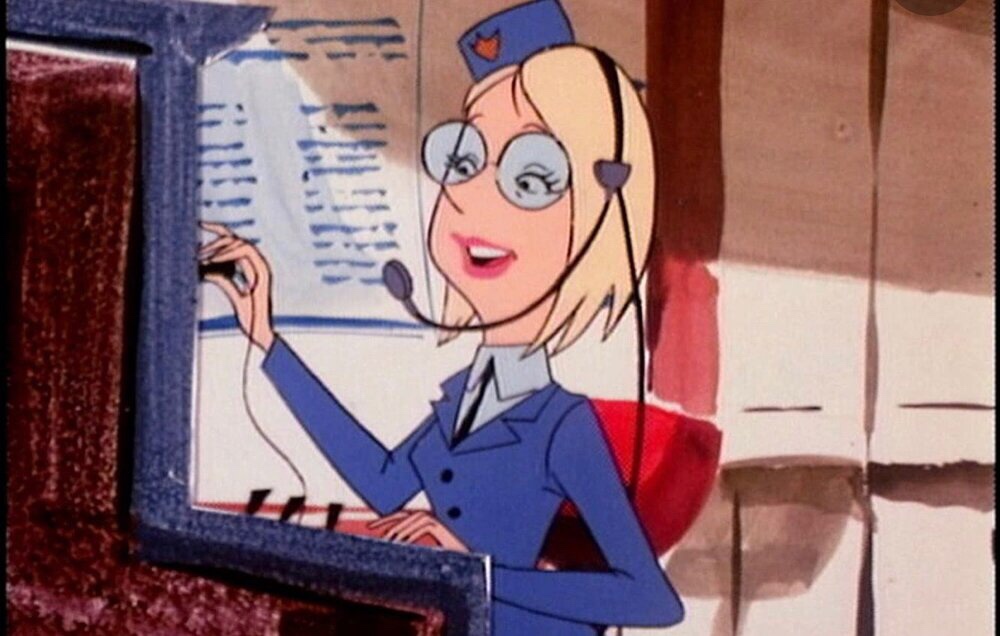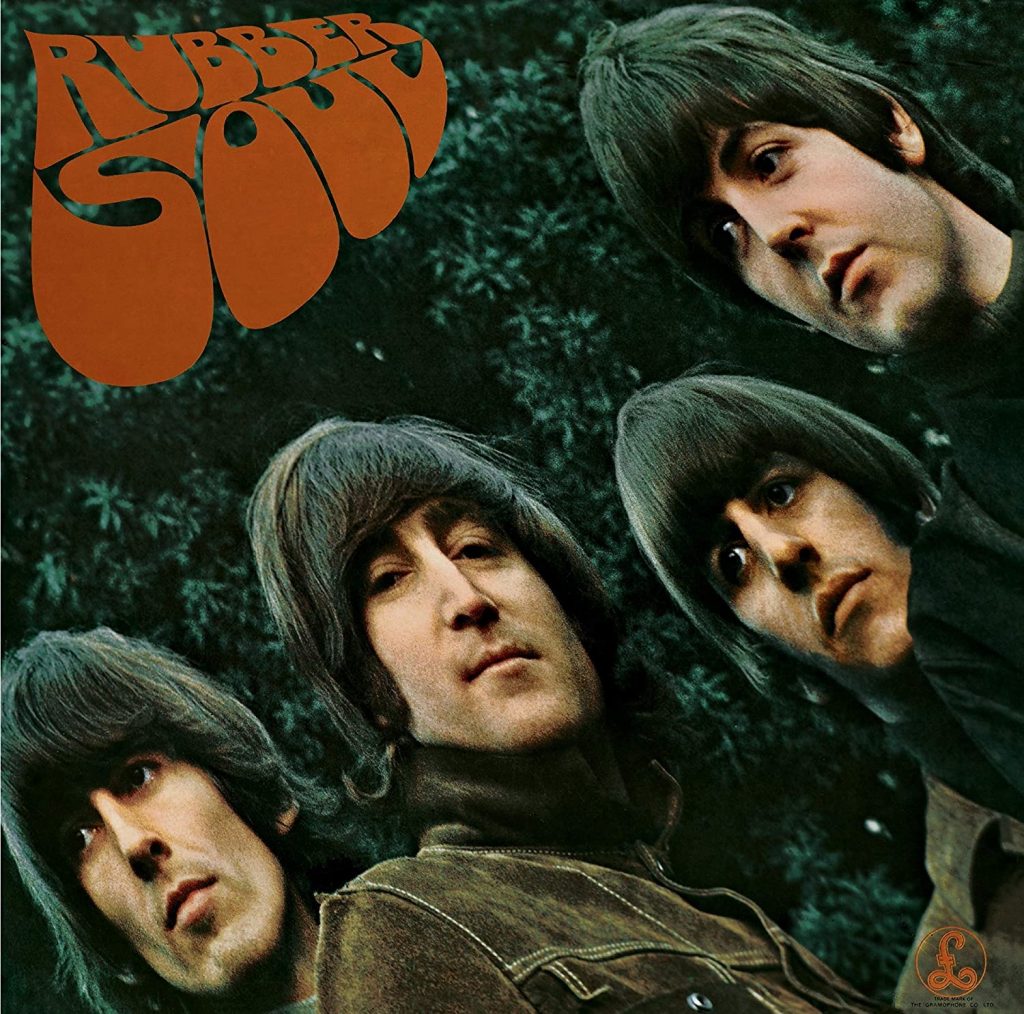

Probably my favourite Beatles album. And a pretty groovy cover to boot. Love that period ‘rubber’ font!
Whilst this is the sixth Beatles album, it’s only the second to not feature any covers. And the strength of the all original set is superb. Arguably not just their best yet, but one of their best ever.
I’ve read that the title itself is a playful variant on the ‘plastic soul’, i.e. fake/inauthentic soul, a term McCartney used about their own Little Richard inspired B-side, I’m Down. and when you consider that their previous waxing was Help! (both out in ‘65), the quantum leaps in both breadth and depth are striking.
One of the things The Beatles went on to become so well known for, with the help of producer George Martin, was their deep dive into the use of the studio itself, and the production, as a further aspect of creativity. And in tandem, the development of the album as an artistic package and statement, as opposed to merely what the term album denotes, a collection of songs.*
Rubber Soul was written and recorded after the US summer tour in which their performance at Shea Stadium both set new attendance records, and helped push them across several thresholds. Meeting such folk as Dylan and Presley, getting deeper into pot and LSD, and further exposure to contemporary Afro-American popular music, all conspired to enhance, expand and enrich their creative aspirations.
Rather bizarrely, to my mind, it was EMI policy at the time to alter the US albums, which in this case meant removing four tracks! The UK/European release comprised:
Side One
Drive My Car
Norwegian Wood
You Won’t See Me
Nowhere Man
Think For Yourself
The Word
Side Two
What Goes On
Girl
I’m Looking Through You
In My Life
Wait
If I Needed Someone
Run For Your Life
The entirety of what was originally side one is terrific. The first four tracks in particular being properly stellar. Think For Yourself is a bit of a dip, but The Word, a pre-emotive ‘Summer-of-Love-bomb’ picks things up again.
Side two kicks of with one of Ringo’s best turns on lead vocals, and two very strong Lennon numbers, in Girl and the humbly sublime In My Life (you gotta dig GM’s fake harpsichord solo!). If I Needed Someone is yet more proof that George Harrison’s best writing occurred whilst he was a Beatle.
The album ends with Run Four Life, which is very like Think For Yourself, in both tempo and feel. speaking of feel, not only has the overall sound become more complex, nuanced and personal, it’s also several shades darker, with anger and alienation entering the frame, where before it was mostly happy go lucky boy meets girl romance.
And on a sartorial footnote… I’m very tempted by this!
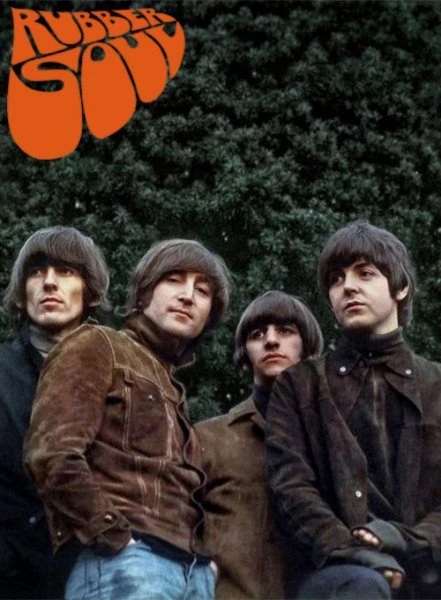
Not sure what the source for the above alternate cover type image is. But it’s interesting to see a variant. considering how goofily dressed they sometime got later on, they’re looking pretty cool and fab, in a slightly beatnik hipster type way, here.
* Back in the days before record covers with artwork and info became a thing, shorter playing 78s were stored in what resembled what are now the inner sleeves, albeit in heavier card stock. And collections of multiple discs would actually literally make up an album, akin to a photo album.

